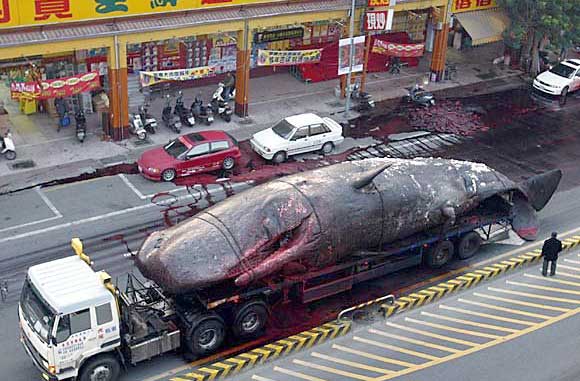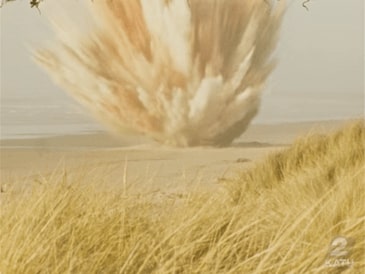Xangsane
jova
- Joined
- Jun 11, 2021
- Posts
- 130,373
- Reputation
- 106,730
DON'T DO IT.
 blog.opencounseling.com
blog.opencounseling.com

 looksmax.org
looksmax.org
Timeline:










The insects that feast on your body, depending on your stage of decomposition:


Body in Fresh stage of decomposition:

Body in Bloated stage of decomposition:

Body in Decay stage of decomposition:




Body in Postdecay stage of decomposition:

Skeletal remains:

Source: M. Lee Goff (University of Honolulu)
IF YOU CHOOSE TO ROPE OR LDAR, YOU'RE FUCKED. DRINKING, SMOKING, AND DRUGS ALSO SHORTEN YOUR LIFE. DEATH IS IRREVERSIBLE.
International Suicide Hotlines - OpenCounseling
Comprehensive list of suicide and emergency hotlines around the world. Includes additional hotlines and links to in-person care.
If you or someone you know if suicidal, call one of the numbers below. If someone is in IMMEDIATE danger, please call your local emergency number (e.g. 911 in the US).

I spent the night reading the paper: "Insect Activity and Its Relationship to Decay Rates of Human Cadavers in East Tennessee"
I'm afraid to die. https://trace.tennessee.edu/cgi/viewcontent.cgi?article=5600&context=utk_gradthes
Timeline:

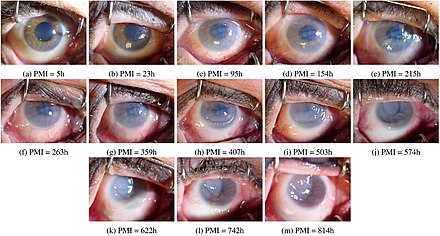

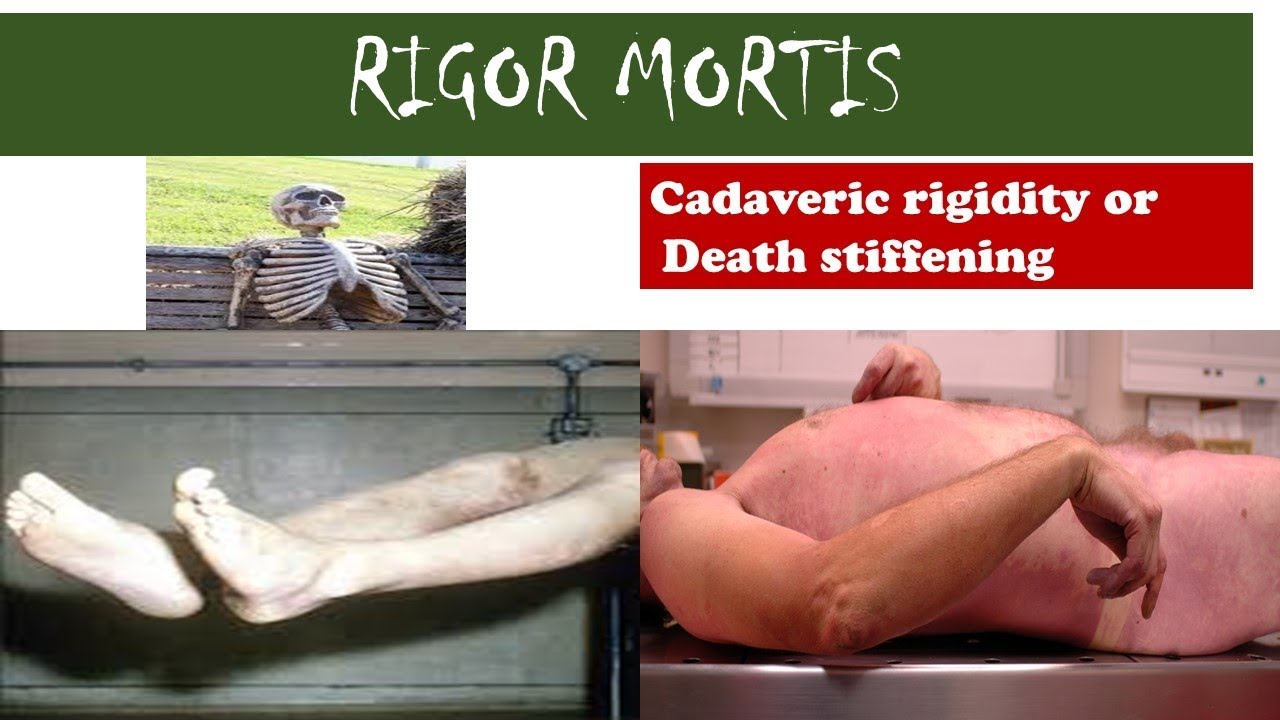
The insects that feast on your body, depending on your stage of decomposition:
Body in Fresh stage of decomposition:
The Fresh Stage begins at the moment of death and continues until bloating of the body
becomes evident. There are few distinctive, gross decompositional changes associated with
the body during this stage although greenish discoloration of the abdomen, livor, skin
cracking, and tache noir may be observed. The insect invasion of the body generally begins
with the natural body openings of the head (eyes, nose, mouth and ears), anus and genitals,
and wounds present on the body. The first insects to arrive under most circumstances are
the Calliphoridae (blow flies) and Sarcophagidae (flesh flies). Female flies will arrive and
begin to explore the potential sites for oviposition or larviposition. These flies will often go
deep into the openings and either deposit eggs or 1st instar larvae or maggots (Fig. 10).
Whereas the openings associated with the head are uniformly attractive to flies, the
attractiveness of the anus and genital areas may depend on their being exposed or clothed.
Wounds inflicted prior to death have been observed to be more attractive to flies for
colonization if inflicted prior to death, when blood is flowing, than wounds inflicted post-
mortem and lacking a blood flow. During this stage, the eggs laid in the body begin to
hatch and there is internal feeding activity, although there may be little evidence of this on
the surface.
becomes evident. There are few distinctive, gross decompositional changes associated with
the body during this stage although greenish discoloration of the abdomen, livor, skin
cracking, and tache noir may be observed. The insect invasion of the body generally begins
with the natural body openings of the head (eyes, nose, mouth and ears), anus and genitals,
and wounds present on the body. The first insects to arrive under most circumstances are
the Calliphoridae (blow flies) and Sarcophagidae (flesh flies). Female flies will arrive and
begin to explore the potential sites for oviposition or larviposition. These flies will often go
deep into the openings and either deposit eggs or 1st instar larvae or maggots (Fig. 10).
Whereas the openings associated with the head are uniformly attractive to flies, the
attractiveness of the anus and genital areas may depend on their being exposed or clothed.
Wounds inflicted prior to death have been observed to be more attractive to flies for
colonization if inflicted prior to death, when blood is flowing, than wounds inflicted post-
mortem and lacking a blood flow. During this stage, the eggs laid in the body begin to
hatch and there is internal feeding activity, although there may be little evidence of this on
the surface.
Body in Bloated stage of decomposition:
The principal component of decomposition, putrefaction, begins during the Bloated Stage.
The anaerobic bacteria present in the gut and other parts of the body begin to digest the
tissues. Their metabolic processes result in the production of gasses that first cause a slight
inflation of the abdomen. When this is noted, the Bloated Stage is considered to begin. As
this progresses, the body may assume a fully inflated, balloon-like appearance. The
combined processes of putrefaction and the metabolic activities of the maggots begin to
cause an increase in the internal temperatures of the body. These temperatures can be
significantly above ambient temperature ([50°C) and the body becomes a distinct habitat,
in many ways independent of the surrounding environment. The adult Calliphoridae are
strongly attracted to the body during this stage in decomposition and significant masses of
maggots are observed associated with the head and other primary invasion sites. While
these populations are visible externally, there are larger populations present internally.
Internal pressures caused by production of gasses result in the seeping of fluids from the
natural body openings during this stage and the strong smell of ammonia is noted. These
fluids seep into the substrate beneath the body and this becomes alkaline. The normal soil
fauna will leave the area under the body as a result of this change in the pH and the
invasion of a set of organisms more closely associated with decomposition begins.
The anaerobic bacteria present in the gut and other parts of the body begin to digest the
tissues. Their metabolic processes result in the production of gasses that first cause a slight
inflation of the abdomen. When this is noted, the Bloated Stage is considered to begin. As
this progresses, the body may assume a fully inflated, balloon-like appearance. The
combined processes of putrefaction and the metabolic activities of the maggots begin to
cause an increase in the internal temperatures of the body. These temperatures can be
significantly above ambient temperature ([50°C) and the body becomes a distinct habitat,
in many ways independent of the surrounding environment. The adult Calliphoridae are
strongly attracted to the body during this stage in decomposition and significant masses of
maggots are observed associated with the head and other primary invasion sites. While
these populations are visible externally, there are larger populations present internally.
Internal pressures caused by production of gasses result in the seeping of fluids from the
natural body openings during this stage and the strong smell of ammonia is noted. These
fluids seep into the substrate beneath the body and this becomes alkaline. The normal soil
fauna will leave the area under the body as a result of this change in the pH and the
invasion of a set of organisms more closely associated with decomposition begins.
Body in Decay stage of decomposition:
The start and termination points for the stages of decomposition are largely subjective, but
there is a definite physical event marking the start of the Decay Stage. This is when the
combined activities of the maggot feeding and bacterial putrefaction result in the breaking
of the outer layer of the skin and the escape of the gasses from the abdomen. At this point,
the body deflates and the Decay Stage is considered to begin. During this stage, strong
odors of decomposition are present. The predominant feature of this stage is the presence
of large feeding masses of Diptera larvae. These are present internally, externally and often
spilling onto the ground beside the body. Some Coleoptera that have been arriving during
earlier stages of decomposition, increase in numbers during the Decay Stage and are often
quite evident. Some predators, such as the Staphylinidae, are seen during the Bloated Stage
and they become more evident now, along with others, such as the Histeridae. In addition
to the predators, necrophages are also evident, increasing in numbers as the process
continues. By the end of this stage, most of the Calliphoridae and Sarcophagidae will have
completed their development and left the remains to pupariate in the surrounding soil. By
the end of the Decay Stage, Diptera larvae will have removed most of the flesh from the
body, leaving only skin and cartilage.
there is a definite physical event marking the start of the Decay Stage. This is when the
combined activities of the maggot feeding and bacterial putrefaction result in the breaking
of the outer layer of the skin and the escape of the gasses from the abdomen. At this point,
the body deflates and the Decay Stage is considered to begin. During this stage, strong
odors of decomposition are present. The predominant feature of this stage is the presence
of large feeding masses of Diptera larvae. These are present internally, externally and often
spilling onto the ground beside the body. Some Coleoptera that have been arriving during
earlier stages of decomposition, increase in numbers during the Decay Stage and are often
quite evident. Some predators, such as the Staphylinidae, are seen during the Bloated Stage
and they become more evident now, along with others, such as the Histeridae. In addition
to the predators, necrophages are also evident, increasing in numbers as the process
continues. By the end of this stage, most of the Calliphoridae and Sarcophagidae will have
completed their development and left the remains to pupariate in the surrounding soil. By
the end of the Decay Stage, Diptera larvae will have removed most of the flesh from the
body, leaving only skin and cartilage.
Body in Postdecay stage of decomposition:
As the body is reduced to skin, cartilage and bone, the Diptera cease to be the predominant
feature. In xerophytic and mesophytic habitats, various groups of Coleoptera will replace
them, with the most commonly seen being the species in the family Dermestidae. These
arrive as adults during the later stages of the Decay Stage but become predominant as
adults and larvae during the Postdecay Stage. Their feeding removes the remaining dried
flesh and cartilage from the bones and the scraping of their mandibles leaves the bones with
a cleaned, polished appearance. In wet habitats (swamps, rainforests, etc.), the Coleoptera
typically are not successful. They are replaced in the process by other groups of arthropods.
These include several Diptera families, such as the Psychodidae, along with their
respective predator/parasite complexes. Associated with this stage in both types of habitat
is an increase in the numbers and diversity of the predators and parasites. The soil-dwelling
taxa increase in number and diversity during this stage.
feature. In xerophytic and mesophytic habitats, various groups of Coleoptera will replace
them, with the most commonly seen being the species in the family Dermestidae. These
arrive as adults during the later stages of the Decay Stage but become predominant as
adults and larvae during the Postdecay Stage. Their feeding removes the remaining dried
flesh and cartilage from the bones and the scraping of their mandibles leaves the bones with
a cleaned, polished appearance. In wet habitats (swamps, rainforests, etc.), the Coleoptera
typically are not successful. They are replaced in the process by other groups of arthropods.
These include several Diptera families, such as the Psychodidae, along with their
respective predator/parasite complexes. Associated with this stage in both types of habitat
is an increase in the numbers and diversity of the predators and parasites. The soil-dwelling
taxa increase in number and diversity during this stage.
Skeletal remains:
This stage is reached when only bones and hair remain. Typically, there are no obviously
carrion-frequenting taxa seen during this stage. During the earlier portions of the Skeletal
Stage, there are a number of soil-dwelling taxa, including mites and Collembola, that can
be used in estimating the period of time since death. As time passes, the pH of the soil
begins to return to the original level and there is a gradual return of components of the
normal soil fauna during this stage. There is no definite end point to this stage and there
may be differences in the soil fauna detectable for a period of months or sometimes years,
indicating that a body was there at some point in time.
carrion-frequenting taxa seen during this stage. During the earlier portions of the Skeletal
Stage, there are a number of soil-dwelling taxa, including mites and Collembola, that can
be used in estimating the period of time since death. As time passes, the pH of the soil
begins to return to the original level and there is a gradual return of components of the
normal soil fauna during this stage. There is no definite end point to this stage and there
may be differences in the soil fauna detectable for a period of months or sometimes years,
indicating that a body was there at some point in time.
Source: M. Lee Goff (University of Honolulu)
IF YOU CHOOSE TO ROPE OR LDAR, YOU'RE FUCKED. DRINKING, SMOKING, AND DRUGS ALSO SHORTEN YOUR LIFE. DEATH IS IRREVERSIBLE.
Last edited:




